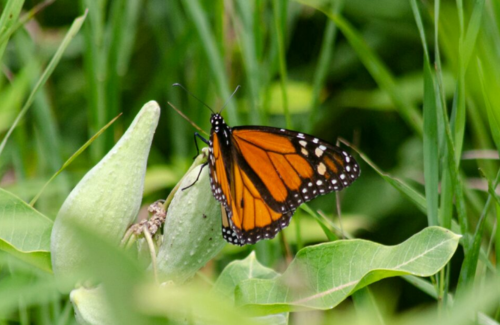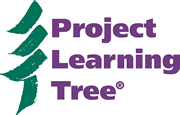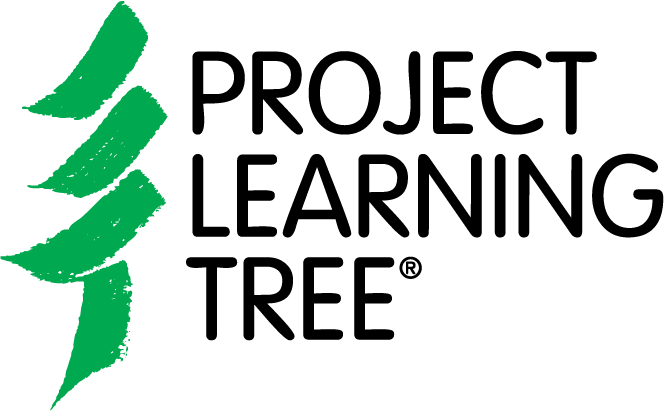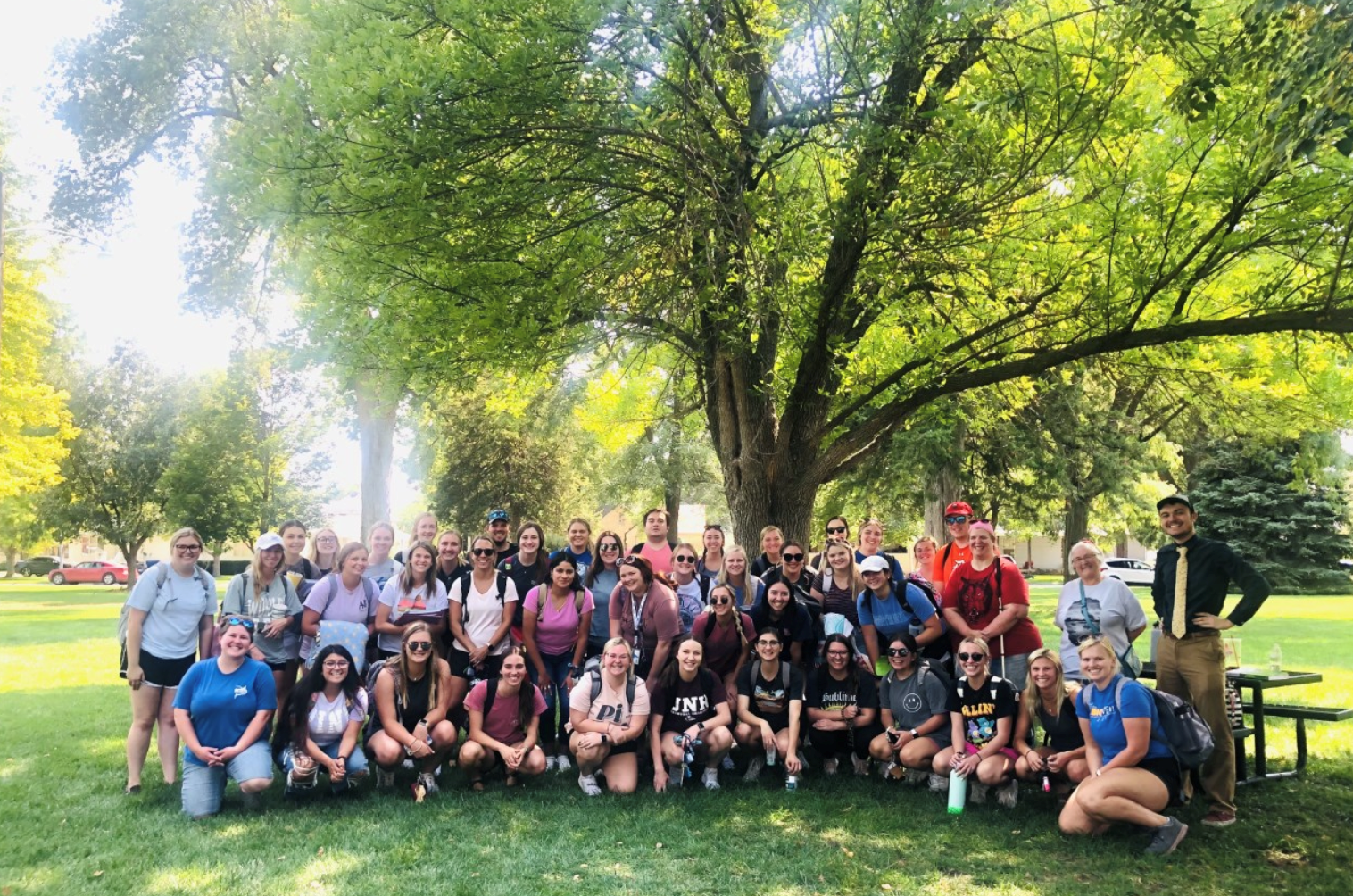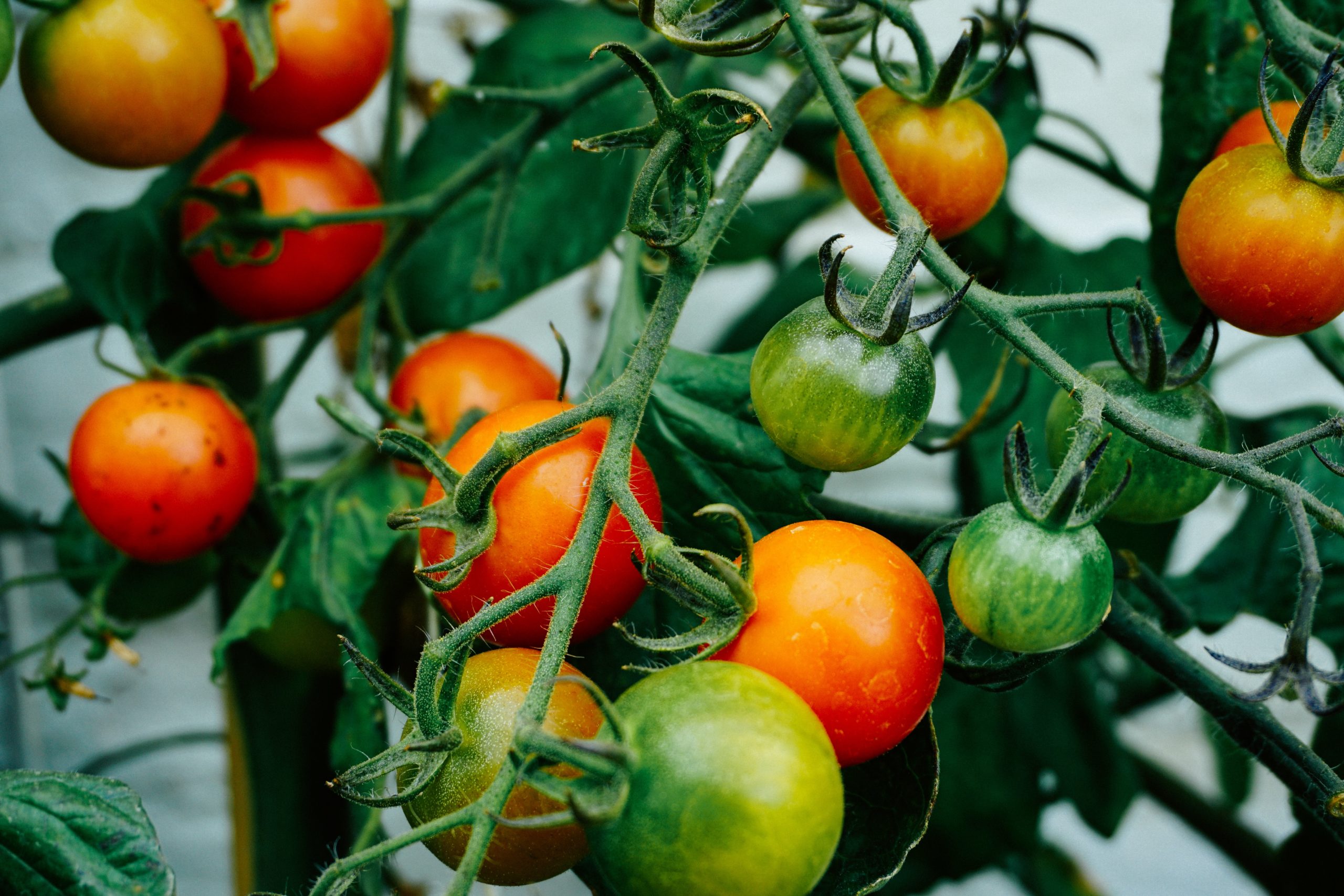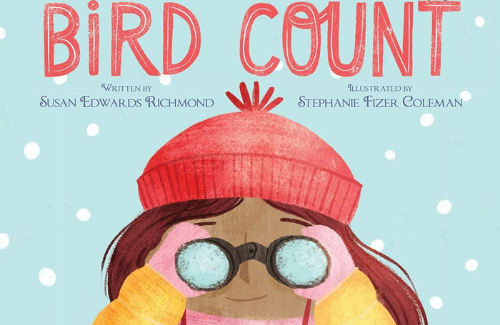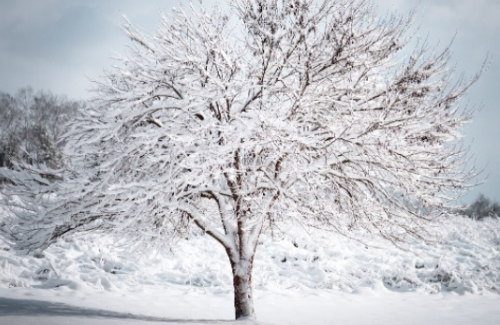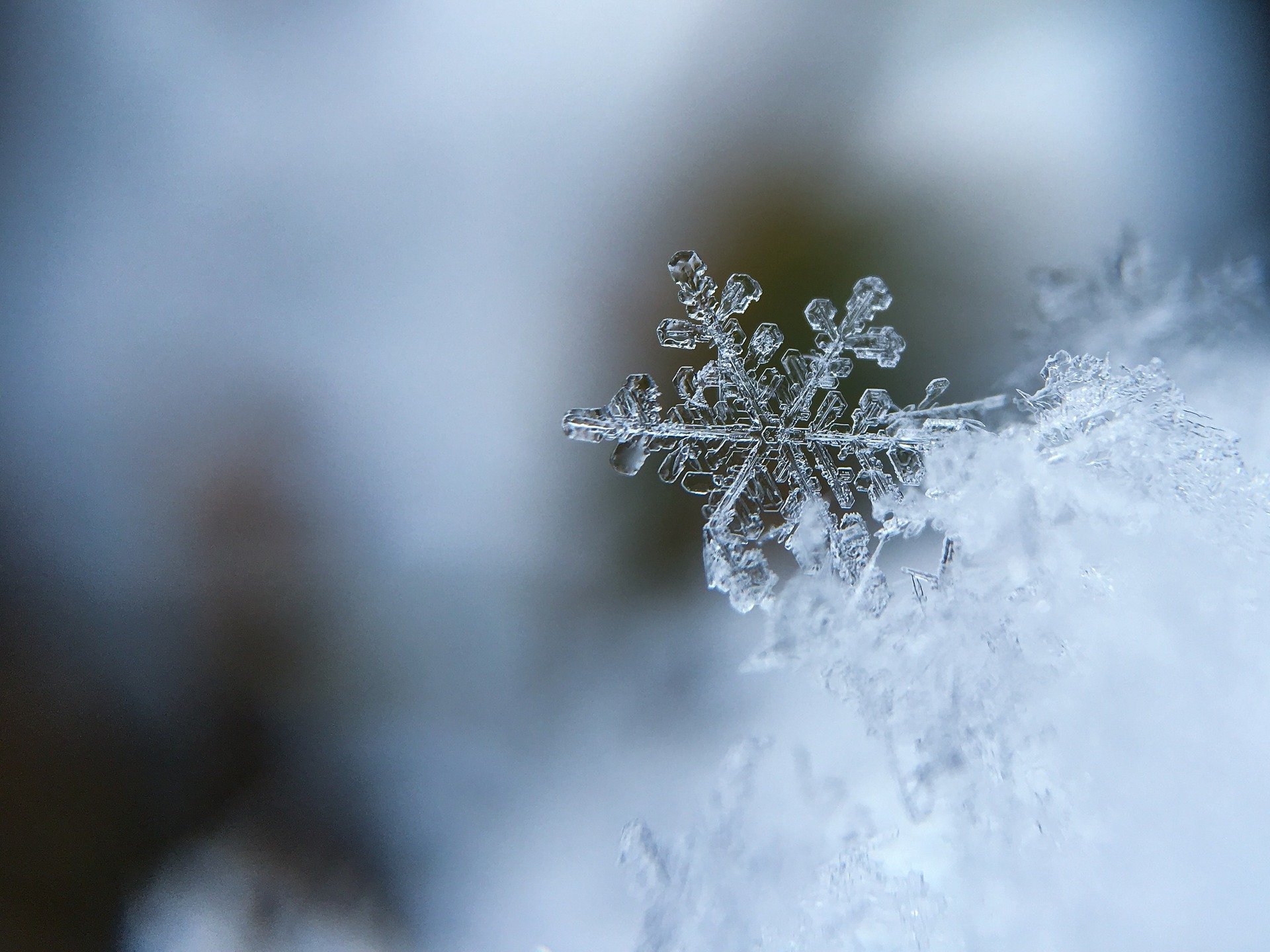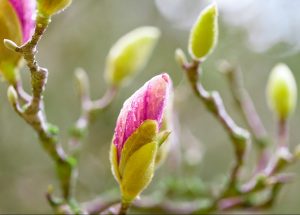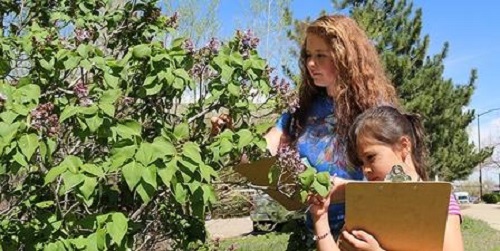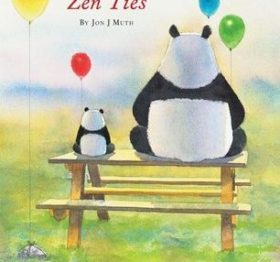Max is a young boy who strikes an unlikely friendship with a monarch butterfly named Lilly, who asks him to plant milkweed so she can lay her eggs on it the following spring. In a world filled with instant gratification, this book highlights how change happens over time and that we sometimes must wait patiently for those changes to occur.
This Earth Month, in our People of PLT feature, we’re celebrating not one, but two amazing PLT facilitators from Nebraska whose enthusiasm for environmental education is visible to all who work with them.
We eat different plant parts every day, from fruits and vegetables to hearty grains to sunflower seeds as snacks. Plants are amazing teaching tools, so let’s explore all the edible parts of plants!
Do you enjoy seeing and hearing birds in your community? Use this book with grades K-2 and spend a day with Ava and her team as they participate in the annual Audubon Bird Count. Learn more about bird watching and how you can become a community scientist yourself and contribute to real scientific research.
When temperatures drop and days get shorter, trees start to prepare for the cold of the winter. How do different kinds of trees adapt to the cold? Take a closer look at trees and get children to investigate the seasonal changes!
The cold winter season provides many opportunities to add fun and interesting STEM activities to your lesson plans. Here are some ideas to get you started.
This beautiful guide to creating a nature journal will both teach and inspire students (and teachers alike!) to chronicle what they observe in their own backyards.
Find out what’s inside different buds in early spring, where leaves come from, and how they form.
Get your students to contribute to scientific research by joining thousands of others in gathering environmental and climate change information from across the country.
Use this book with PreK-3 graders to explore the changing seasons, the alphabet, and the wonderful world of haikus.
